| Sheree Truxaw | Fall, 2005 |
| U.S. History 1302 | R. Hines, Instructor |
Floresville
is the county seat of Wilson County. It is known as the “Peanut Capital of Texas”.
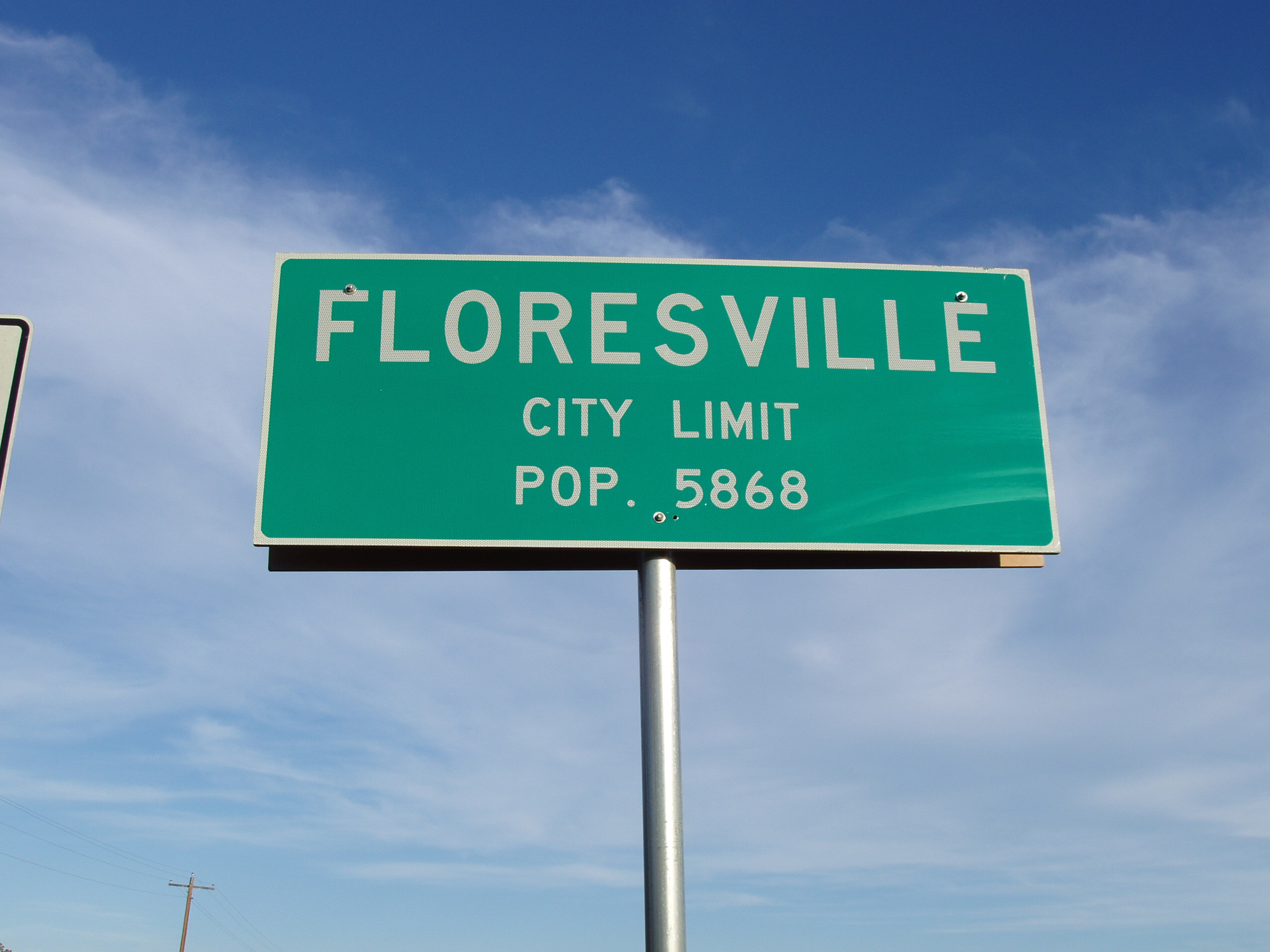 Floresville is located 30 miles southeast of San Antonio on U.S. Highways 181 and 97.
The San Antonio River
forms part of the western border of the city limits. This area of Floresville
used to be the town of Lodi.
Floresville has a connection to the Spanish missions in San Antonio.
These missions were built to gain Spanish control and convert local Native Americans (Coahuiltecans).
The San Francisco De La Espada
Mission used the surrounding land to farm and raise livestock. Adobe
huts were built in the Lodi area to house herdsmen. Later Rancho de las Cabras (on Highway 97, near
Floresville) was established to provide the mission with cattle. “Once a week, seven or eight head of
cattle were brought from the ranch to mission Espada” (B., Katie, 1). When mission land was secularized,
the Spanish gave land grants to Spanish settlers from the Canary Islands. This was Spain’s effort to claim
as much land as they could. Floresville is a part of the eight league grant given to Simon and Juan de
Arocha. One part of this Arocha grant was acquired by the Flores family.
Floresville is located 30 miles southeast of San Antonio on U.S. Highways 181 and 97.
The San Antonio River
forms part of the western border of the city limits. This area of Floresville
used to be the town of Lodi.
Floresville has a connection to the Spanish missions in San Antonio.
These missions were built to gain Spanish control and convert local Native Americans (Coahuiltecans).
The San Francisco De La Espada
Mission used the surrounding land to farm and raise livestock. Adobe
huts were built in the Lodi area to house herdsmen. Later Rancho de las Cabras (on Highway 97, near
Floresville) was established to provide the mission with cattle. “Once a week, seven or eight head of
cattle were brought from the ranch to mission Espada” (B., Katie, 1). When mission land was secularized,
the Spanish gave land grants to Spanish settlers from the Canary Islands. This was Spain’s effort to claim
as much land as they could. Floresville is a part of the eight league grant given to Simon and Juan de
Arocha. One part of this Arocha grant was acquired by the Flores family.

The Flores de Abrego family came from Asturias highlands of northern Spain. The family settled in Saltillo Mexico and then Texas. The Flores family established ranches along the San Antonio River. Many of the Flores family members married Canary Island descendants. Some ranches were inherited and others were purchased. Jose Maria Flores was a direct descendant of Franciso Flores de Abrego and Salvador Rodriguez one of the original Canary Island settlers. He had fought on the Texas side of the Texas revolution and was married to Juan Seguin’s sister. Jose Maria Flores bought three-fourths of tract seven of the Arocha land grant. When he died, his daughter Josefa Augustina inherited part of this land. She was married to Samuel Williams Barker, who became Wilson’s County’s first sheriff when the county was formed in 1860 (Wilson Co. History, 68). Josefa Augustina Flores de Barker donated 200 acres to the county so that a town could be built. The goal was to establish a new county seat which had been in Lodi and Sutherland Springs. Josefa wanted the town named after her ancestor Francisco Flores de Abrego, hence Floresville.
Colonel Andrew Greer Pickett has been referred to by some people as the “Father of the town”. He moved from Tennessee to Texas in 1855. A.G. Pickett originally settled in Sutherland Springs. He helped organize Wilson County and served as the first county Clerk and Justice. Wilson County was formed on February 13, 1860 from parts of Bexar and Karnes counties. It was named for James Charles Wilson who was a member of the Mier Expedition (Wilson Co. Historical Society, 1). In March of 1871, the citizens of Wilson County started the process to choose a permanent site for the county seat. The area donated by Josefa Augustina Flores de Barker was chosen and named Floresville. In 1872 Col. Andrew Pickett moved to Floresville and served as County Clerk. He was given the authority to survey the town and sell the lots.
The first courthouse was built in 1873. It had one large room 30 by 60 feet and two small offices in the
 rear. According to The Floresville Chronicle Special, “The purchase of a fire proof safe to be placed in the court
house for keeping of all records, etc., caused much dissatisfaction among the people.” Ten years later this courthouse
burned down. All the records were saved. This safe is on display at the Wilson County Jailhouse Museum in Floresville.
In 1883 a new courthouse was built on the public square a block from the old courthouse site. A.G. Pickett, Jr., Col.
Pickett’s son, donated land to pay for the new courthouse. In 1884 Col. A.G. Pickett was elected County Judge. Wilson
County still uses the same courthouse. A corner stone with the names of the architect and builder was laid February 22,
1884 and can be seen in the front of the building. Originally the courthouse was a red brick building but in 1936 the
bricks were plastered over and painted a cream color. Downtown Floresville and the courthouse can be seen in two movies,
“The Sugarland Express” filmed in 1973 has a parade scene on C Street and shows the courthouse. “Battle Creek Brawl”
filmed in 1980 had a downtown fight and some filming was done inside the courthouse. One scene was shot in the upstairs
courtroom and another from the bell tower. This courthouse is a magnificent building.
rear. According to The Floresville Chronicle Special, “The purchase of a fire proof safe to be placed in the court
house for keeping of all records, etc., caused much dissatisfaction among the people.” Ten years later this courthouse
burned down. All the records were saved. This safe is on display at the Wilson County Jailhouse Museum in Floresville.
In 1883 a new courthouse was built on the public square a block from the old courthouse site. A.G. Pickett, Jr., Col.
Pickett’s son, donated land to pay for the new courthouse. In 1884 Col. A.G. Pickett was elected County Judge. Wilson
County still uses the same courthouse. A corner stone with the names of the architect and builder was laid February 22,
1884 and can be seen in the front of the building. Originally the courthouse was a red brick building but in 1936 the
bricks were plastered over and painted a cream color. Downtown Floresville and the courthouse can be seen in two movies,
“The Sugarland Express” filmed in 1973 has a parade scene on C Street and shows the courthouse. “Battle Creek Brawl”
filmed in 1980 had a downtown fight and some filming was done inside the courthouse. One scene was shot in the upstairs
courtroom and another from the bell tower. This courthouse is a magnificent building.
The first jail was built of red stone. It was behind the old courthouse. On February 17, 1887 plans were made
to build a new jail facing C Street in the center of the courthouse square. It was designed so the Sheriff and his
family could live on the first and part of the second floor. The jail cells were in the back of the second floor and up
a third floor. A separate entrance was made in the back for the prisoners. The Sheriff’s wife cooked for the prisoners.
This jail was used until 1974. Now it is a museum maintained by the Wilson
County Historical Society. During the years
some modifications have been made but the floor plan and the jail cells are the same. An interesting study of the “Jail
Cell Graffiti” was done by Ralph Gerhardt. “It was not normal graffiti; it was a kind of a limited narrative… The most
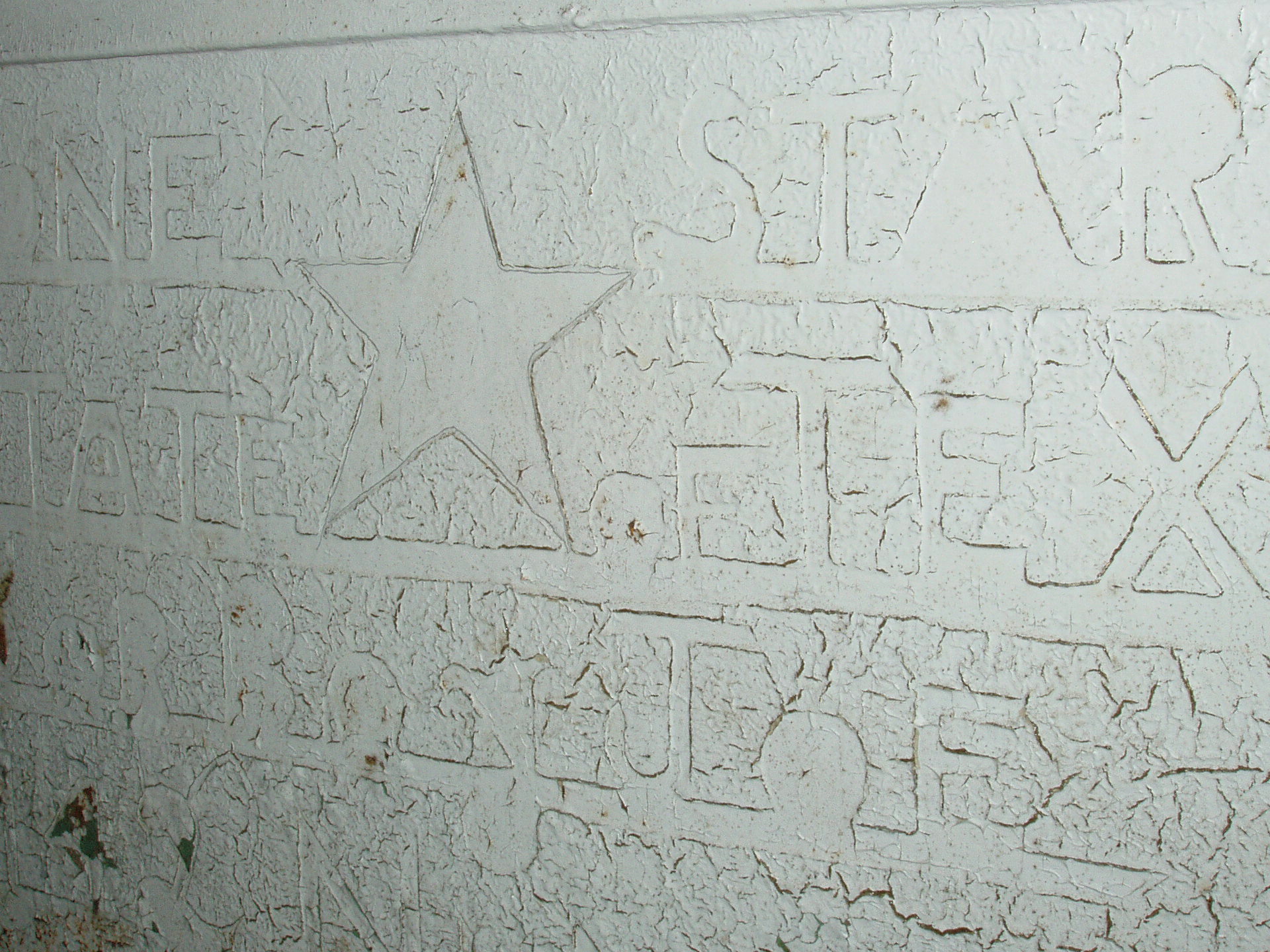 interesting thing about the lettering is that it was done very carefully in block letters”. Gerhardt also has
information about this prisoner who was in jail in 1942. He tells a great story about some school children locked in a
jail cell when the door was slammed shut during a tour. Other stories are about hangings – one that happened and another
about a trap door upstairs that didn’t work – “the prisoner almost died” (Thurman). The museum is full of wonderful
Floresville history and pictures.
interesting thing about the lettering is that it was done very carefully in block letters”. Gerhardt also has
information about this prisoner who was in jail in 1942. He tells a great story about some school children locked in a
jail cell when the door was slammed shut during a tour. Other stories are about hangings – one that happened and another
about a trap door upstairs that didn’t work – “the prisoner almost died” (Thurman). The museum is full of wonderful
Floresville history and pictures.

Downtown Floresville has many of the original buildings of the early 1900’s. Some have been remodeled or
repainted. One such example is the Arcadia Theatre.
In 1911 it was “owned by Green, Houston & Edds, next to the Post
office and formerly occupied by the dry goods department of J.N. Flores & Bros” (Modern, 1). Mr. Carl Johnson bought
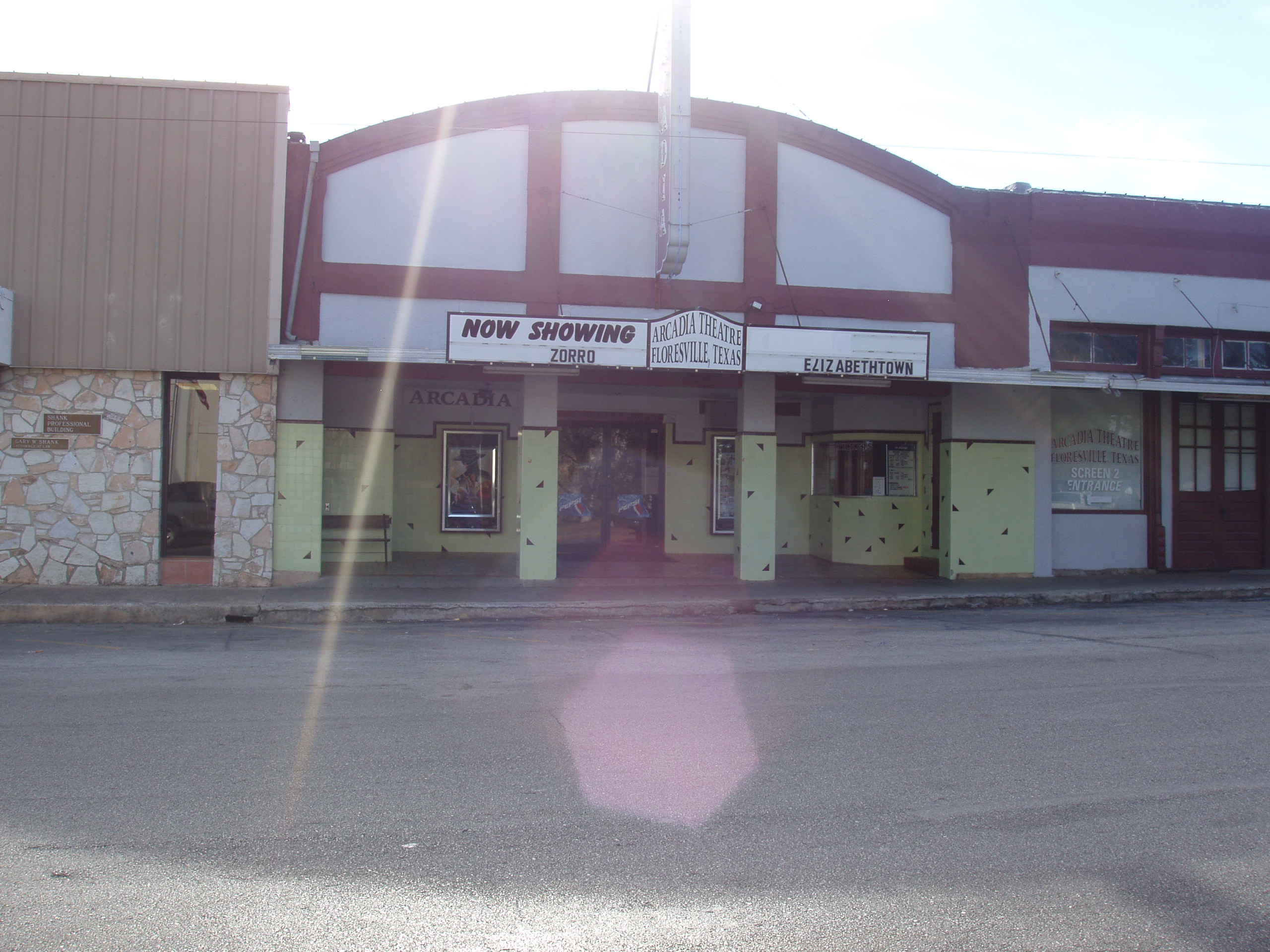 the building on January 9, 1928 and made it into a modern picture show. “The entire floor will be elevated to a pitch
where those seated in the back can see as easily as those near the front” (Modern, 1). In 1960 George and Virginia Dziuk
bought the theatre and then sold it in 1979. Some businessmen bought it and used it as a storage area. During this time
the movie “Battle Creek Brawl” was filmed in Floresville and the theatre was used for the last fight scene (Arcadia).
Galen K. Jansky bought and reopened Arcadia Theatre on Feb. 11, 1999, “a crowd of more than 100 lined up on the quiet
streets of downtown Floresville to be a part of history” (Miller, 8). One of Galen Jansky’s employees is 82-year-old
Melba Stevens. She used to work in this theatre in the 1940’s. “Back in those days, people would line up all the way
around the block to get in. Some would even stand in back of the theatre” (Stevens). Stevens sells tickets, gives
movie reviews, and attends to the comfort of the movie customers. Arcadia Theatre not only offers movies, it gives the
movie goers a sample of small town hospitality.
the building on January 9, 1928 and made it into a modern picture show. “The entire floor will be elevated to a pitch
where those seated in the back can see as easily as those near the front” (Modern, 1). In 1960 George and Virginia Dziuk
bought the theatre and then sold it in 1979. Some businessmen bought it and used it as a storage area. During this time
the movie “Battle Creek Brawl” was filmed in Floresville and the theatre was used for the last fight scene (Arcadia).
Galen K. Jansky bought and reopened Arcadia Theatre on Feb. 11, 1999, “a crowd of more than 100 lined up on the quiet
streets of downtown Floresville to be a part of history” (Miller, 8). One of Galen Jansky’s employees is 82-year-old
Melba Stevens. She used to work in this theatre in the 1940’s. “Back in those days, people would line up all the way
around the block to get in. Some would even stand in back of the theatre” (Stevens). Stevens sells tickets, gives
movie reviews, and attends to the comfort of the movie customers. Arcadia Theatre not only offers movies, it gives the
movie goers a sample of small town hospitality.
In 1875 a traveling salesman, W.C. Agee bought some lots in Floresville. He built a rooming house for his
family and travelers. He also opened the first store in town. In 1877, John Griffith and O.D. Rhodes opened the second

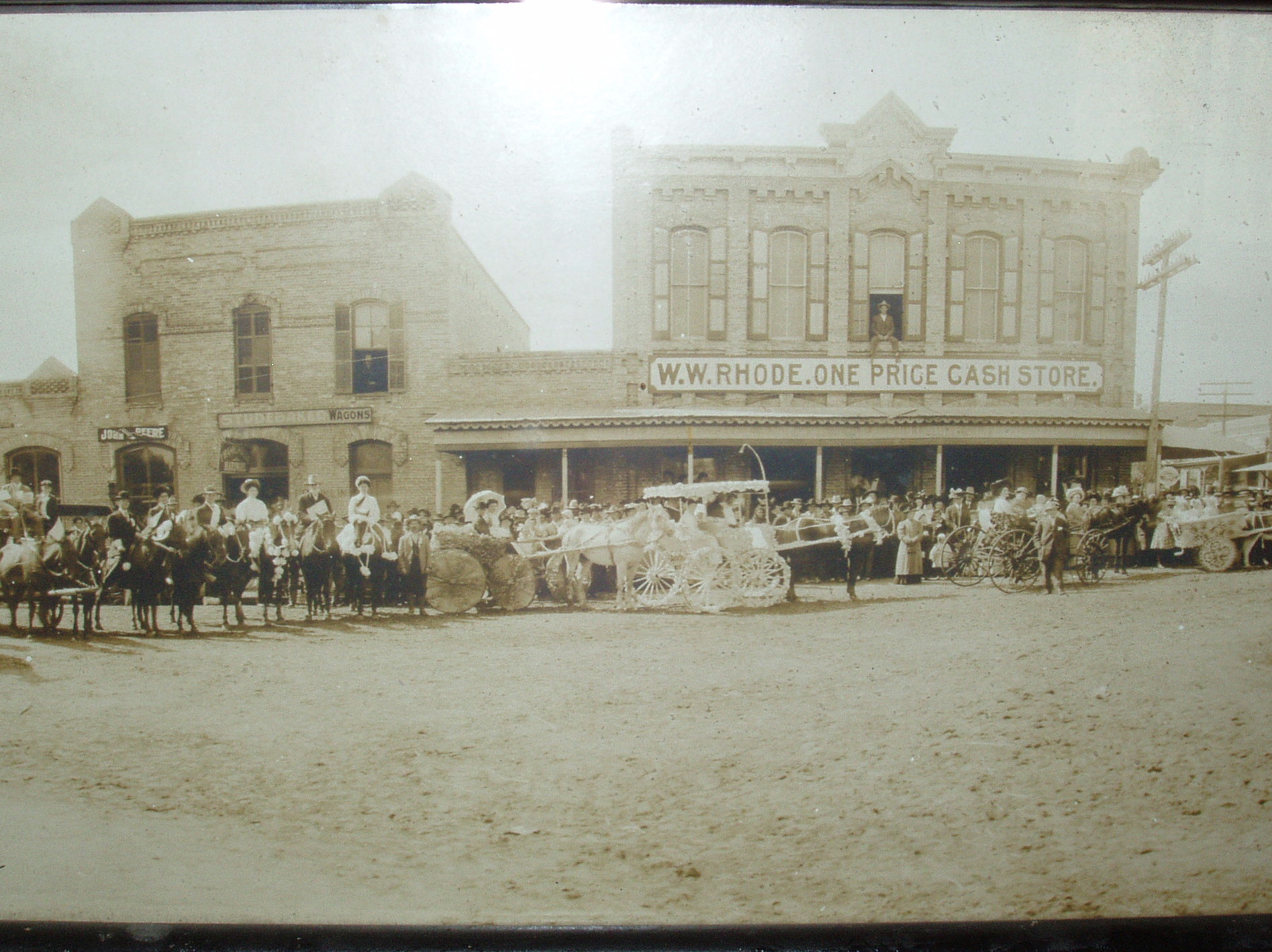
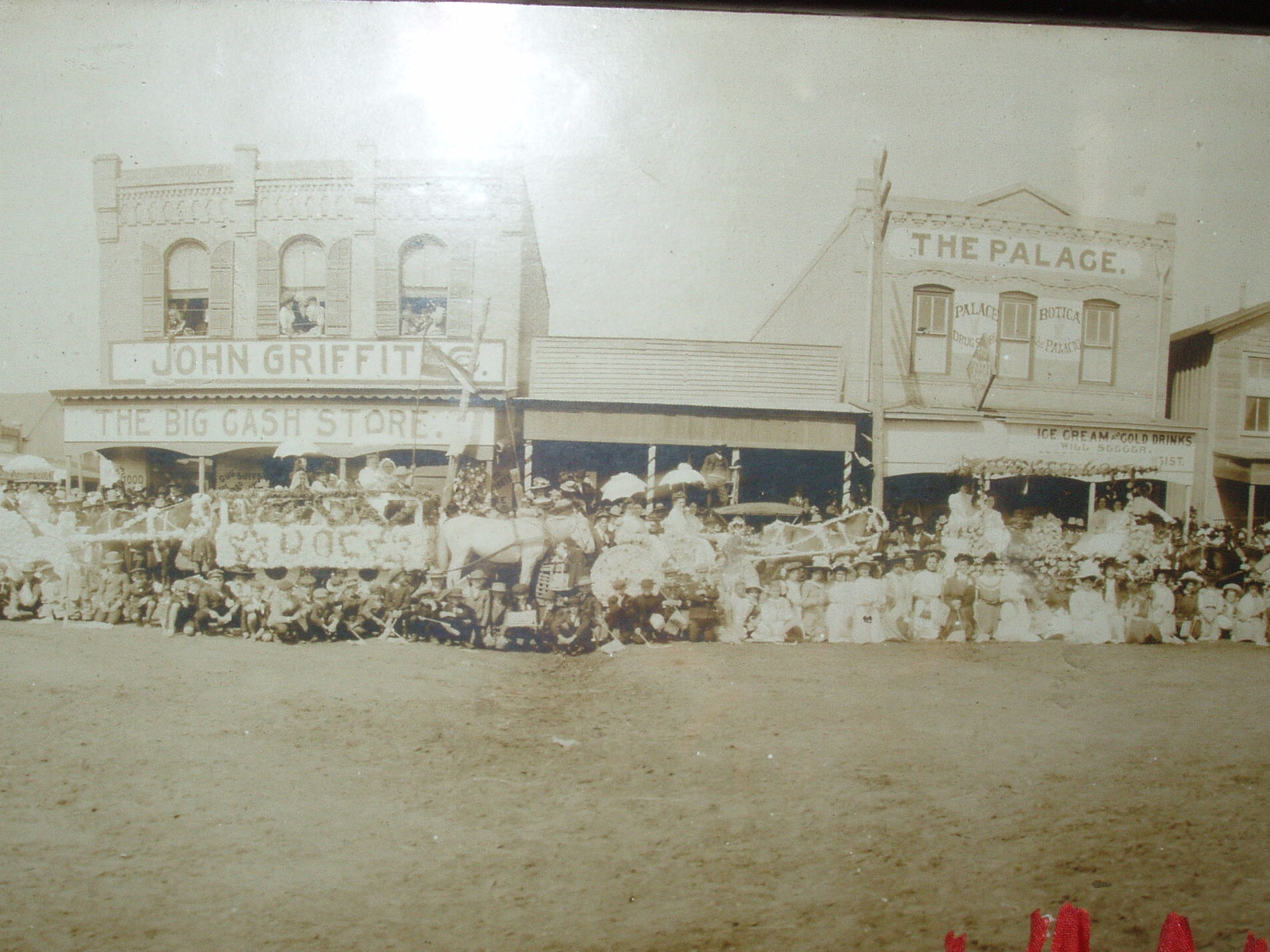 store. “Floresville in 1876 is a young town of board structures, unfenced and incomplete” (Powers, 7). By 1909 “The
erection of substantial brick buildings in the business portion, has been the rule for the past several years, till soon
the small frame structures will be a thing of the past” (The Floresville Chronicle Special, 38).
Many of these brick buildings are still a part of downtown. A 1908 picture of the Floresville Square shows three stores:
“John Griffith, The Big Cash Store”; “W.W. Rhode One Price Cash Store”; and “The Palace”. Another picture of the John
Griffith store is in the Wilson County Centennial. The article says that it was the first brick building built in 1888.
store. “Floresville in 1876 is a young town of board structures, unfenced and incomplete” (Powers, 7). By 1909 “The
erection of substantial brick buildings in the business portion, has been the rule for the past several years, till soon
the small frame structures will be a thing of the past” (The Floresville Chronicle Special, 38).
Many of these brick buildings are still a part of downtown. A 1908 picture of the Floresville Square shows three stores:
“John Griffith, The Big Cash Store”; “W.W. Rhode One Price Cash Store”; and “The Palace”. Another picture of the John
Griffith store is in the Wilson County Centennial. The article says that it was the first brick building built in 1888.
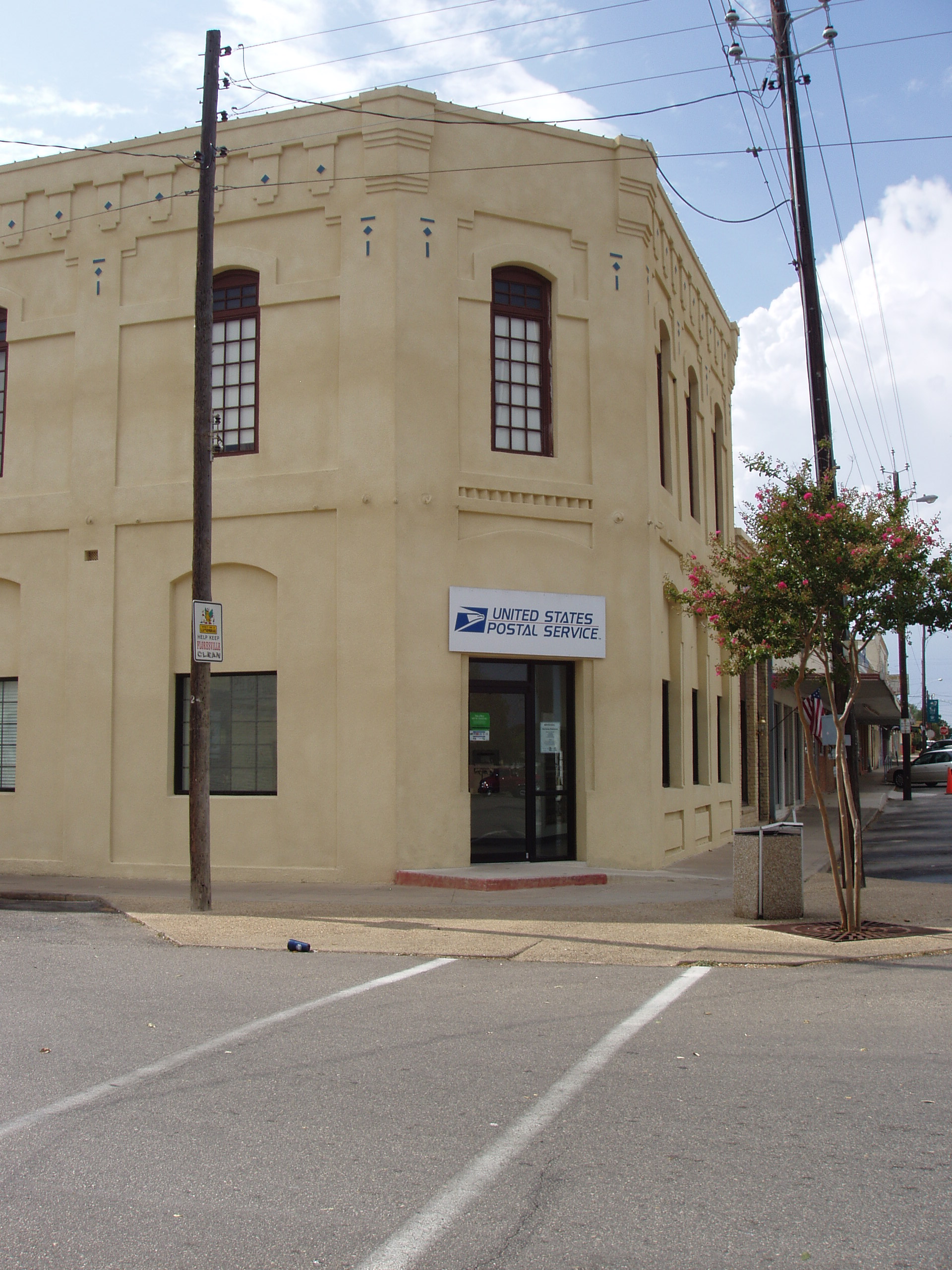
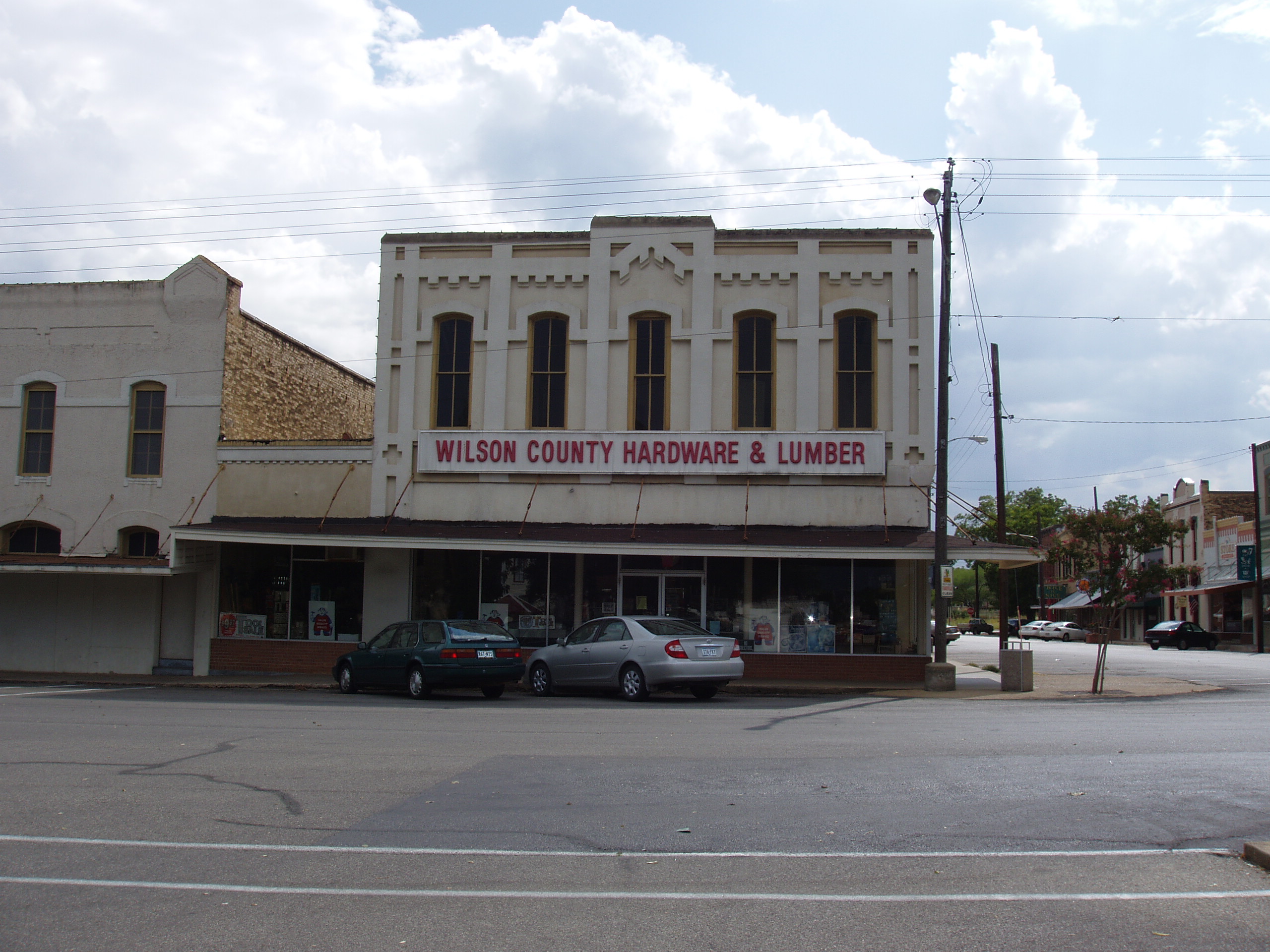
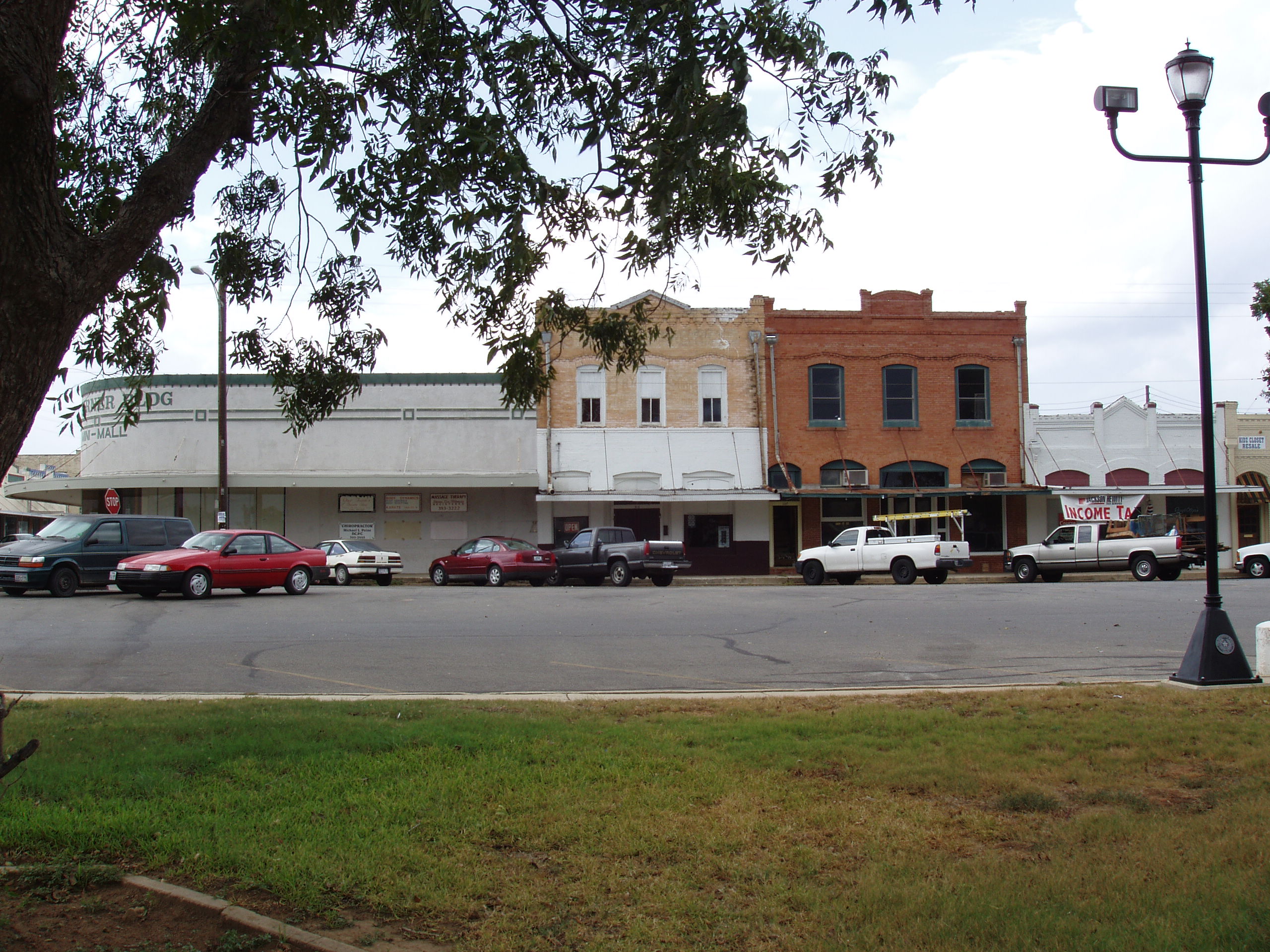 It also states that “the drug store to the right was owned by AGEE”. Both these building have been rebuilt and are now
the “J.C. Turner Bldg, Mini-Mall.” The “W.W. Rhodes” building still exists and is the “Wilson County Hardware and Lumber.” “The Palace” is now Castro’s bar. I.D. Flores Drug Store opened in 1906 is being remodeled into a restaurant. The current
Post Office is temporarily housed in the same building that was the First National Bank in 1902. The original White House
Café has changed names and owners over the years, but it is once again, the White House Café. There are other buildings
built in the 1900’s downtown Floresville that are still being used.
It also states that “the drug store to the right was owned by AGEE”. Both these building have been rebuilt and are now
the “J.C. Turner Bldg, Mini-Mall.” The “W.W. Rhodes” building still exists and is the “Wilson County Hardware and Lumber.” “The Palace” is now Castro’s bar. I.D. Flores Drug Store opened in 1906 is being remodeled into a restaurant. The current
Post Office is temporarily housed in the same building that was the First National Bank in 1902. The original White House
Café has changed names and owners over the years, but it is once again, the White House Café. There are other buildings
built in the 1900’s downtown Floresville that are still being used.
Churches were an important part in the lives of the first settlers in Floresville. “It was a happy day for those in attendance at the home of Mr. and Mrs. W.C. Agee in Floresville in October 1875, when the Floresville Methodist Episcopal Church, South, was established by the circuit riding preacher, Rev. Ichabod Kingsbury” (Wilson Co. History, 17-18). The First Baptist Church of Floresville was organized on August 25, 1878. According to a minute book that was started in 1911 some of the charter members included: Mr. and Mrs. A.G. Pickett, Mr. and Mrs. O.D. Rhode, and Mr. and Mrs. John W. Griffith (Franklin, 19). The Sacred Heart Catholic Church of Floresville had its beginning in 1882 in Lodi. In 1901 Father Zarb built a new church and rectory. The rectory was “an imposing, ornate two-structure, certainly a mansion in turn-of-the-century Floresville” (Powers, 22). Father Zarb used his own money to build it. Father Zarb was also responsible for a catholic school and a famous park and orchard. The garden was referred to as “a new Eden” and considered “a must” for anyone visiting Floresville. This garden was behind the church and rectory and part of Father Zarb’s personal property. “All that remains of this splendid oasis is a few pecan trees…” (Powers, 19). Interesting cemeteries in Floresville include the Cemetery of Canary Islanders used by the Spanish colonists as early as the 1700’s. Another old cemetery is the Lodi Cemetery by the San Antonio River. Efforts are being made by Floresville to mark all the graves and keep the cemeteries clean and accessible to the public.
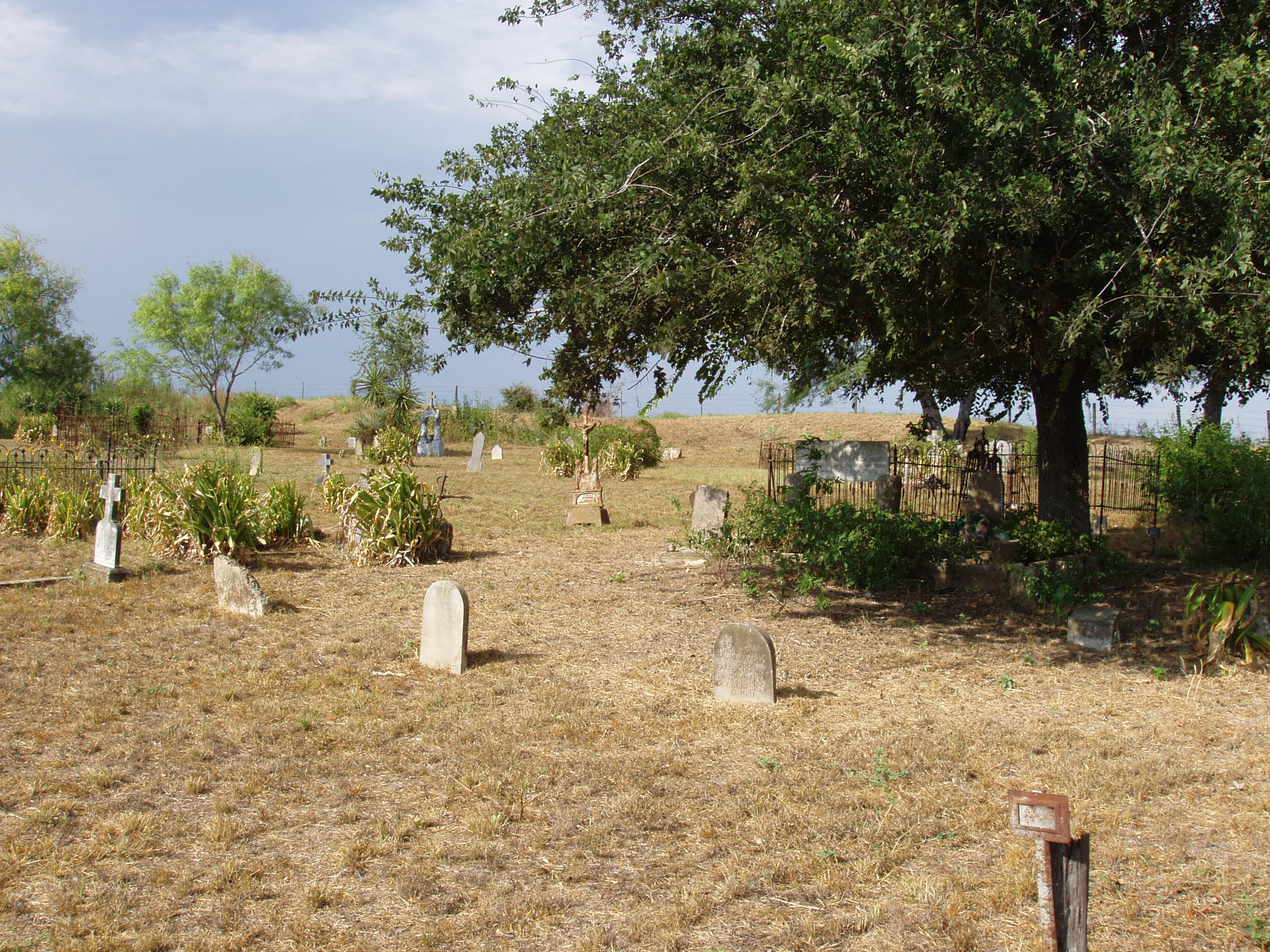
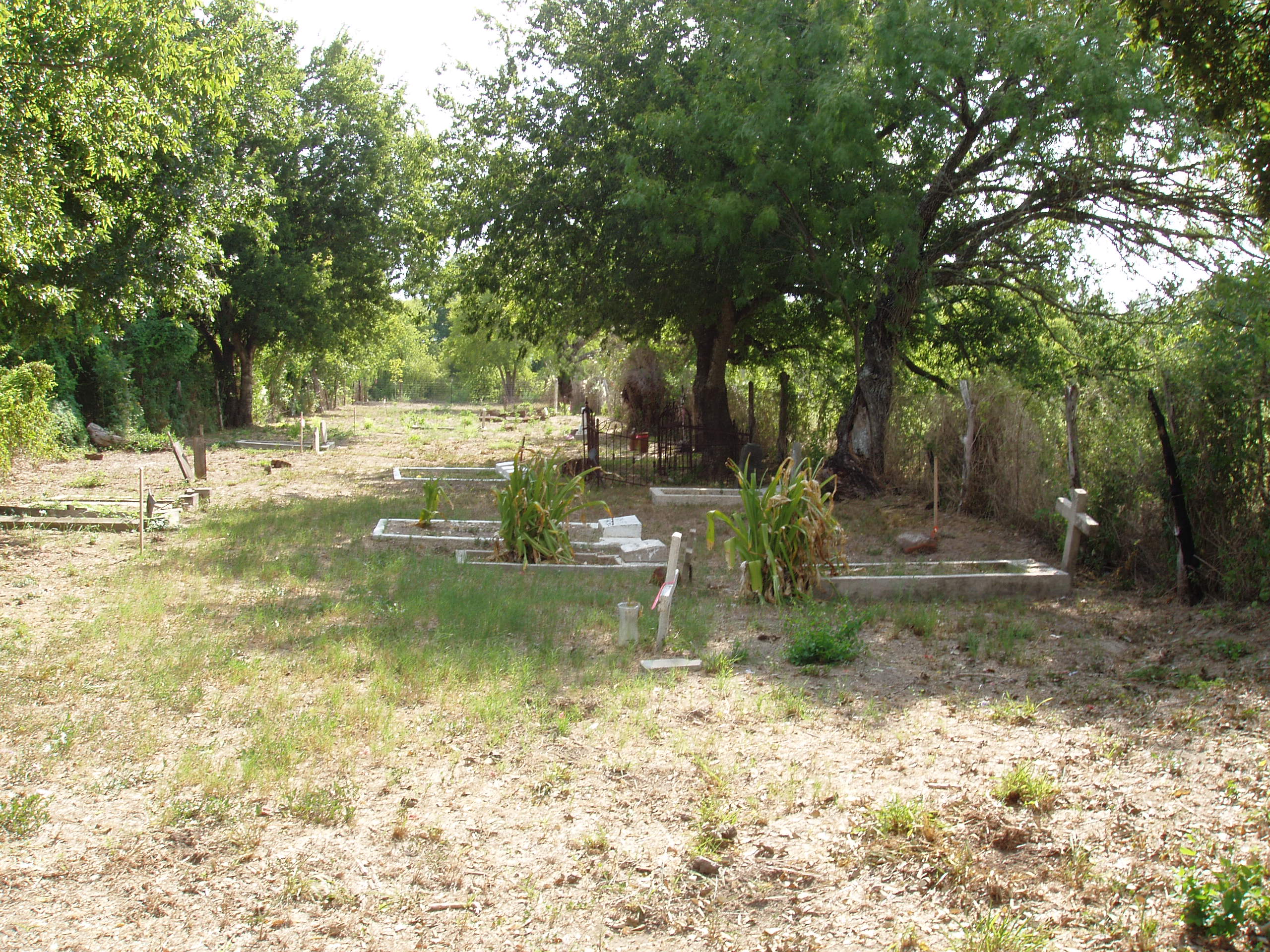
A major economic boost to Floresville was the coming of the railroad. In 1885, the train depot was built and
in 1886 the SA and AP train that went from San Antonio to Corpus Christi made its first stop in Floresville. “The
Chronicle reported that when the train arrived at Floresville at noon, the entire town was on hand to greet the
excursionists… a procession was formed at the depot and marched to the courthouse. Old fashioned barbeque pits had been
dug on the spacious courthouse grounds- long tables had been set up surrounding the square, and the ladies of Floresville
had spared no effort to make that feast, for at least 2,000 persons, a grand one…”(Powers, 8). The Floresville Chronicle
Special of 1909 boasted that Floresville was only “one hours ride by rail on the SA and A.P.R.R. from the great Metropolis
of Texas, San Antonio” (38). Passenger service stopped in 1950 and freight service ended in 1993. Today, even the tracks
are gone. The train depot building was sold in the 1960’s and used as a barn. In 2003 the Floresville Economic Development
Corp. bought what was left of the original train depot and paid to have it moved back to the original location. There are
plans to turn it into a museum and be part of Floresville’s hike and bike trail (Zarazua).
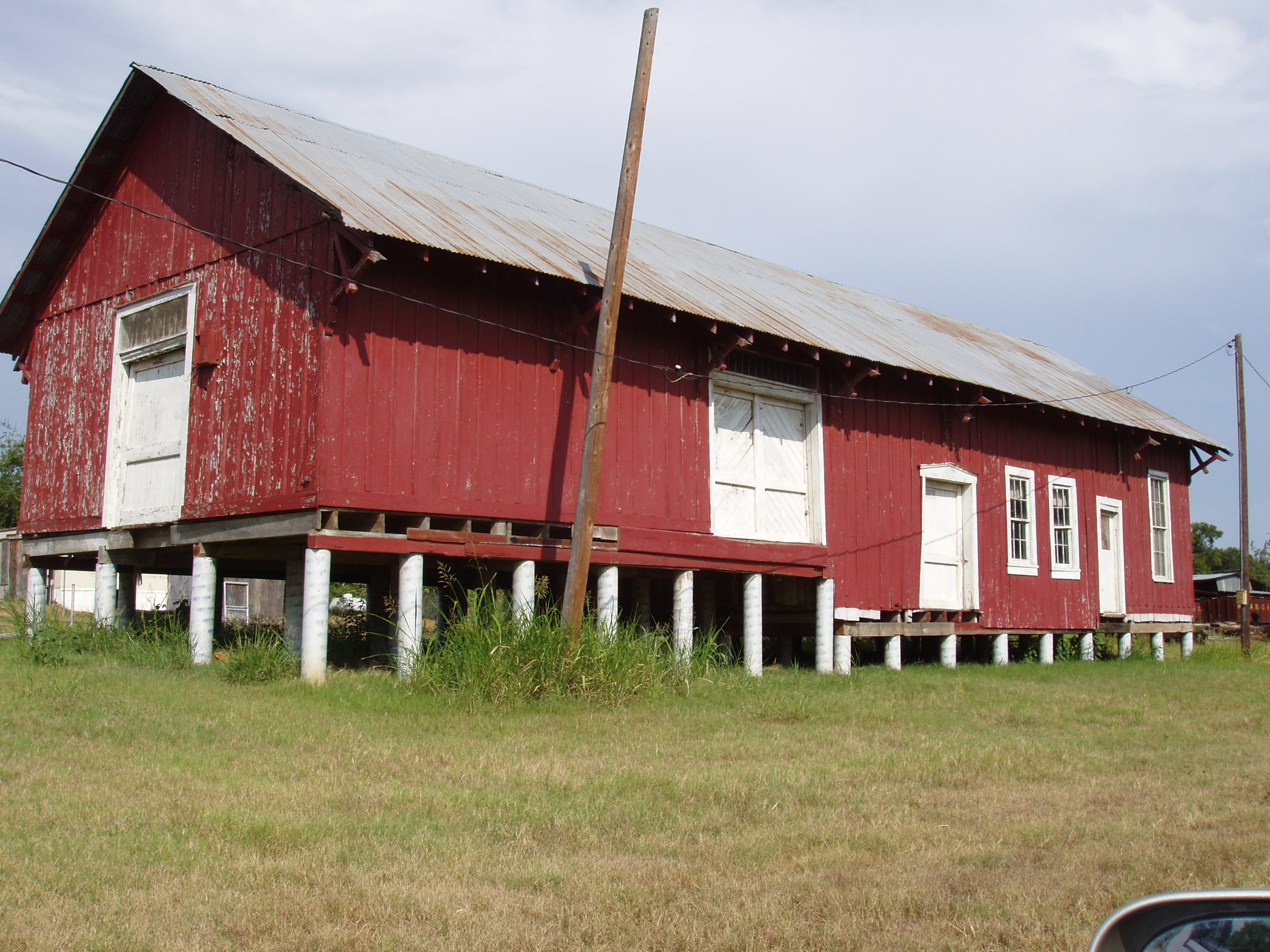
One of the annual events in Floresville is the Peanut Festival which is held on the second weekend in October. It is “a celebration in honor of the farmers harvesting their peanut crops” (Schroller). In 1875, A.G. Pickett Jr. “was a man keenly interested in the future welfare of the area and set up his ranch as an experimental farm. The Pickett Ranch introduced the peanut to Wilson County, which was probably the first site in the county to have its own irrigation system” (Wilson Co. History, 8). The Peanut Festival was started in 1938 by Joe T. Sheehy who was known as the “father of the peanut industry”. He was a businessman, whose family was responsible “for fostering peanut crops in the area” (Seiford, B1). Sheehy’s daughter Elizabeth was the first Queen Tunaep, (peanut spelled backwards). Her escort was former Texas governor, John B. Connally. Connally grew up on a farm near Floresville and graduated from Floresville High School. He was a law student at the University of Texas at the time he was crowned King Reboog (goober spelled backwards). The whole town of Floresville gets involved with the production of the Peanut Festival.
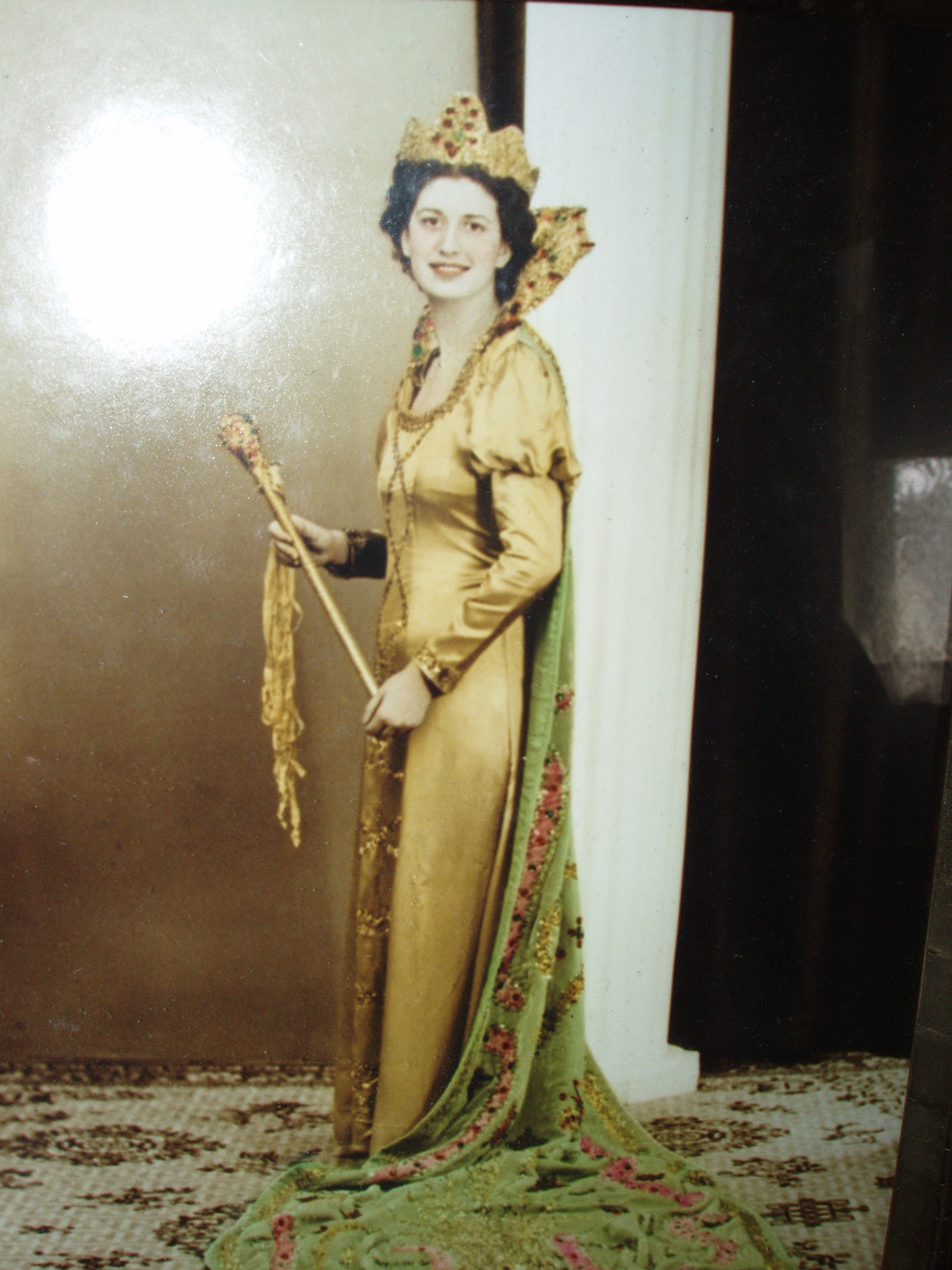
The land for Floresville was donated by the owner of one of the Spanish ranches in this area. As Texas settlers moved in, the town became more Anglo. Lodi (now part of Floresville) was a town mainly settled by Mexican workers from the ranches. In a Floresville Chronicle article “Report of a visitor to Floresville In 1876” it states “First passing through the assemblage of Mexican habitations known as Lodi [. . .] Floresville in 1876 has a population of about 500 persons of which more than one-half are Mexicans” (Powers, 7). “White families began to move in, and near the town (1875), the land was cheap as dirt…” (The Floresville Chronicle Special, 38). In 1901, when Father Zarb rebuilt the Sacred Heart Church in Lodi, Catholic Anglos contributed money for the church and land for a new cemetery. “Perhaps it is symbolic of the shifting direction of the town and of the parish, that whereas the old Lodi Church faced the Mexican community, the new church faced the predominantly Anglo community of Floresville. Also, while the old cemetery was on the Lodi side of town, the new one was on the outskirts of the newer town” (Powers, 15). In the early years many county officials had Hispanic surnames, but in 1960 all the government offices were held by Anglos (Powers, 27). Gradually things began to change. An example of this change can be seen in the list of Peanut Festival Queens which are chosen by the business community. Hispanic surnames began to appear in the 1970’s. Today the Hispanic population is actively involved in the politics and future of Floresville.
The economic future for Floresville looks good. The Chamber of Commerce refers to Floresville as a bedroom community. The town is getting bigger every year. The schools have built new buildings to accommodate the constant increase of students from the housing additions popping up between San Antonio and Floresville. During the last few decades, big chain stores have moved in on Highway 181. This growth has provided more local services and jobs. Downtown Floresville has gone from the business of shopping to the business of business. Many of the old historic buildings house lawyers, newspapers, real estate offices, CPA’s, city offices and restaurants that only stay open during the week. On a weekday there is traffic and activity downtown.
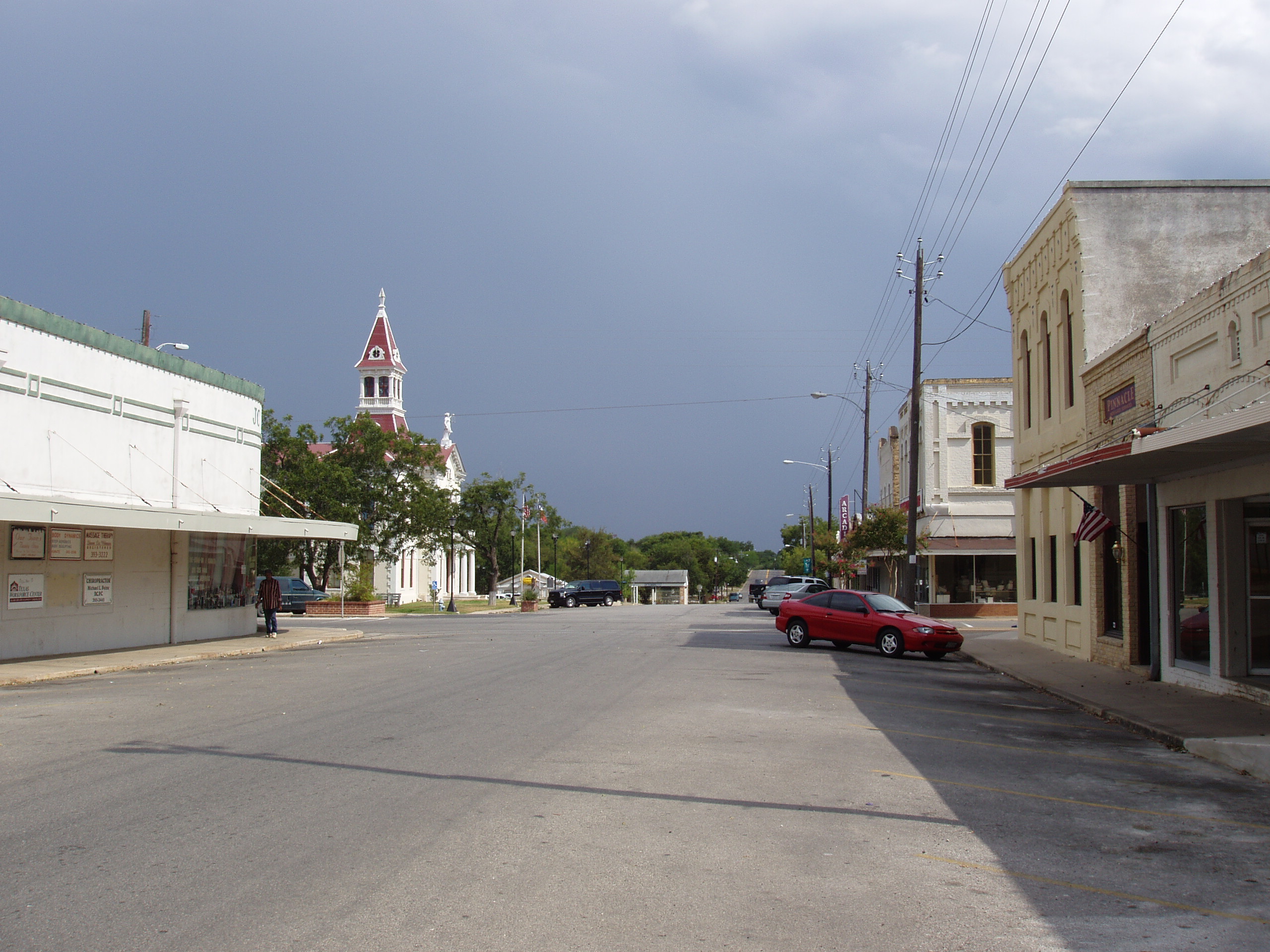
Floresville started as a connection to the Spanish Missions in San Antonio. Land was donated by the Flores
family to build this town. Many Texas settlers were instrumental in buying lots and starting businesses. The town of
Floresville has seen constant changes and growth. Some of the buildings have changed. Some of the original names have
disappeared from the phone book. School have gotten bigger and major chain stores have moved in. In spite of all of
all this progress, downtown Floresville still has that small town atmosphere. The old buildings from the early 1900’s
are being remodeled and used. The Arcadia Theatre offers hospitality not found in large cities. The churches are filled
every Sunday. The Peanut Festival is still a big event. The Jailhouse Museum doubles as a haunted house during
Halloween. The 1883 Courthouse stands tall and proud during the lighting of the Christmas lights. Floresville has both:
small town charm and big city conveniences.
Arcadia Theatre. Theatre history. 28 Aug. 2005
B., Katie. “Rancho de las Cabras.” 9 Nov 2005
Battle Creek Brawl aka The Big Brawl. Dir. Fred Weintraub. Perf. Jackie Chan, Jose
Chronicle-Journal Staff. “Desiree Trevino to join legacy of Festival queens.” Floresville
Crabb, Bob. “The Sugarland Express Filming.” Floresville Chronicle-Journal 15 Mar.
Deuvall, Aurelia Flores, and Peggy A. Rodriguez. Our Family Heritage. San Antonio:
Floresville High School. The History of Floresville High School: 17 Oct. 2005
Floresville Photographs. Floresville High School. 3 Sept. 2005 Franklin, Elbert W. History of The First Baptist Church of Floresville, Texas.
Gerhardt, Ralph D. “Jail Cell Graffiti.” Wilson County Historical Society, 2005.
Handbook of Texas Online. “Floresville, Tx.” 28 Aug. 2005 Maeckel, Gene. “Historic Moments in Wilson County History.” Wilson County
Miller, James S. “Arcadia premiere a sell-out.” Wilson County News 17 Feb. 1999: 8.
“Modern New Picture Show Going Up.” Floresville Chronicle-Journal 2 Mar. 1928: 1.
Powers, William F. History of Sacred Heart Parish. Floresille, Tx: Sacred Heart Parish,
San Fernando Cathedral. “History of San Fernando Cathedral.” 4 Sept. 2005
Schroller, Elsie. Personal interview. 12 Sept. 2005.
Seiford, Amy. “Peanut Festival rich in history and traditions.” WilsonCounty News
Stevens, Melba. Personal interview. 3 Sept. 2005.
Texas Politics. “John Connally.” 17 Oct. 2005 The Floresville Chronicle Special. 11 Sept. 1909: 1, 2, 38-46
“Three queens.” Floresville Chronicle-Journal 6 Oct. 2005, sec 2: 17.
Thurman, Louise. Personal interview. 3 Sept. 2005.
Wilson County Centennial. Floresville, Tx: Printed Souvenir, 1960.
Wilson County Historical Society. Home page. 21 Aug2005. Wilson County Historical
Wilson County History. Dallas: Taylor Publishing Company, 1990.
Zarazua, Jeorge. “1880 depot returns.” San Antonio Express News 10 Dec. 2003: B+.